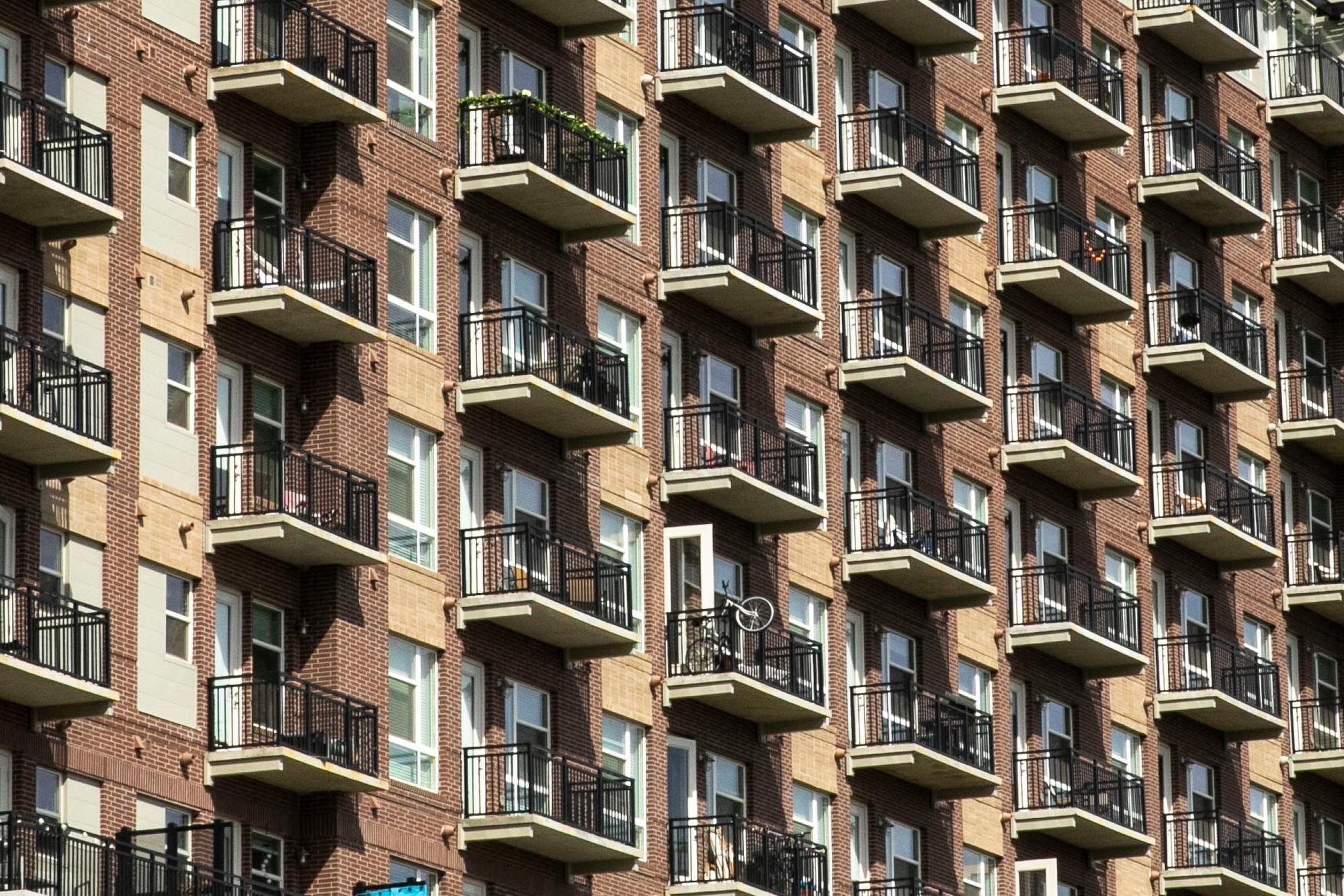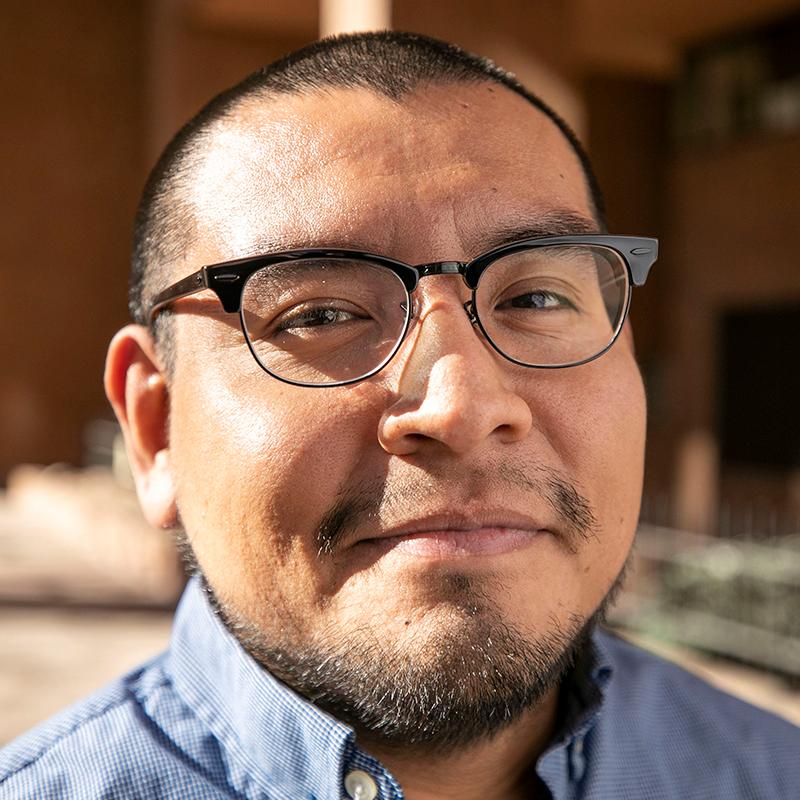
Who can afford to live in Colorado right now? It’s a simple question, but the answers are complicated.
Year after year, the cost of housing has increased in the state — and there is no clear sign that the cost will level out or return to more affordable prices for those who earn minimum wage or close to it — and that’s about 14 percent of the state population. But there are also signs that rising costs are affecting households across the income spectrum.
Right now, Coloradans have to earn $27.50 an hour to afford renting a two-bedroom apartment at fair market rent and not spend more than 30 percent of their total income — a red line to being what the federal government calls cost-burdened by rent, according to an analysis conducted by the National Low Income Housing Coalition.
The state’s minimum wage is set at $12.32 an hour.
That $15.18 gap means many Coloradans are living on the edge of homelessness and making agonizing choices between keeping a roof over their heads or seeing a doctor or eating a meal. No part of Colorado has been immune to that instability in housing. And the COVID-19 pandemic has only made it tougher for those who lost their jobs and sources of income.
The numbers and statistics paint a grim picture for people trying to live on little pay. But behind those numbers are people who are just trying to get by. Colorado Public Radio News reporters went in search of those people, to tell the story of living on that edge and how individuals, neighborhoods and communities are working to find solutions.
For the state’s part, a task force made up of legislators and housing stakeholders was appointed earlier this year. It will try to address the housing instability issue after the Colorado legislature set aside about $400 million from the American Rescue Plan.
Over the past few weeks, CPR has reported stories about the fine line found across Colorado between people who can afford to live here and those who can’t. You can read the entire series here.
There’s a saying, “Tis a privilege to live in Colorado.” It’s no surprise that the state has grown by almost a million people in a decade. But after a years-long population boom and an economically ruinous pandemic, that privilege is not cheap.
Some Coloradans paying more than they can afford
For Cathy Alderman, with the Colorado Coalition for the Homeless, easing the housing crisis comes down to the state making a true commitment to investing in affordable housing that is not for profit. Without that, she said, renters in Colorado who are spending large amounts of their income on housing costs will continue having to make tough choices.
“We don't need to invest in the market if the market is taking care of itself,” Alderman said. “Getting people into housing and keeping people in housing — not for profit purposes — that’s where I think government funding is best used.”
Renters who pay more than 30 percent of their income for housing are considered “cost burdened” by the Department of Housing and Urban Development. And those who are spending 50 percent or more are considered severely cost burdened.
About 150,000 households in the state were considered severely cost burdened as of January 2020, according to an analysis conducted last year by the Root Policy Research group. The same analysis concluded that the number could rise to 360,000 by the end of last year.
The National Low Income Housing Coalition estimates that about half of low-income renters in Colorado fall into the cost-burdened category. And for those who make very little money, it’s worse — four out of five in that low-income bracket are paying too much of their total pay for housing.
Alderman said that when somebody is spending more than 30 percent of their income on housing, they’re likely to skip paying for things like health care, education and healthy food in order to keep a roof over their heads.
“Housing really is the cornerstone and foundation to which every other aspect of your life is dependent on,” Alderman said.
She said that stable housing has never been more necessary than during the pandemic.
“The only place people have told us to go is home, and for people who didn’t have a home, where were they supposed to go?”
Supply vs. Demand
What Colorado is seeing now is that for people who make less than $45,000 a year, there are fewer and fewer choices when it comes to where they live. About 30 percent of Colorado households make less than $45,000 a year, according to U.S. Census Bureau data.
State data shows that the number of housing units affordable to households making $15,000 or less fell from about 105,000 to about 83,000 from 2010 to 2019.
The number of affordable housing units in Colorado for those making under $45,000 has fallen since 2010
| Income | 2010 | 2019 |
|---|---|---|
| Under $15,000 | 105,000 | 83,000 |
| $15,000 to $29,999 | 196,000 | 105,000 |
| $30,000 to $44,999 | 410,000 | 224,000 |
| $45,000 to $74,999 | 666,000 | 611,000 |
| $75,000 and above | 953,000 | 1,560,000 |
But for households making $75,000 or more, the number of available units grew from about 953,000 to more than 1.5 million units. According to state data, that increase comes from home price appreciation, loss of more affordable units and new construction.
The widening gap is where the state must act not only in building more affordable housing but also in preserving existing affordable units, said Brian Rossbert, executive director of Housing Colorado, a group that advocates for policy solutions related to housing insecurity.
He said the increase in the number of expensive units is affecting everyone in Colorado, not just those in lower income brackets.
“We’re really in a dilemma of not enough supply for the demand, and that’s driving up prices and excluding large segments of the population from accessing housing that’s affordable for them,” Rossbert said.
He said that the state task force needs to consider how to create affordable housing not just in Colorado’s cities, but rural areas on the Eastern Plains and the Western Slope.
- He bought land in Park County before he could afford to build a home. So, he dug a hole there instead and lives in it.
- Older women experiencing homelessness in Grand Junction find a place of peace and progress
- For people sleeping in their cars, parking lots serve as a safe place to get back on their feet
- Gunnison was an affordable alternative to Crested Butte. Then came the second homes, vacation rentals and remote workers
- While tourism booms in Telluride because of its recreation and festivals, its housing market is at a crossroads
- Most Southern Colorado Counties Have Fewer Available Housing Units Than 10 Years Ago
Rossbert said housing costs in rural parts of the state are rising in part because of investors buying properties and listing them on short-term rental sites like AirBnb.
Take Crested Butte. It declared its lack of affordable housing a crisis earlier this year and went as far as purchasing a hotel so that some workers had a place to live.
“The trouble is that every community is facing this crisis in different ways. Figuring out how to address the needs of each community from a state level is daunting,” Rossbert said.
“It’s one thing to talk about $400 million, which is great, but it’s going to be spent in the blink of an eye. It’s quite another to talk about long-term transformational change that changes the housing landscape in our state.”
CPR News wants to hear from you
We want to hear from you. Has your rent increased over the past year or several? Are you finding yourself making difficult decisions month in, month out?
What do you think the state should be doing to make sure every Coloradan can afford a place to live?
Editor's note: This article has been updated to clarify that the $27.50 hourly wage needed for a two-bedroom apartment is calculated using fair market rent. It has also been updated to reflect that the series has concluded.









